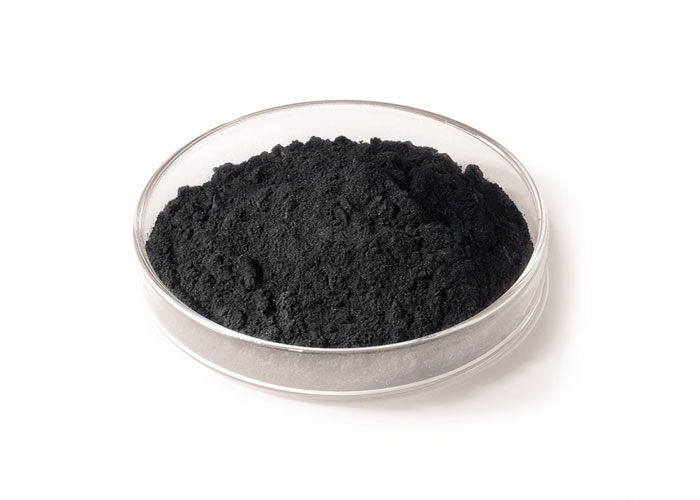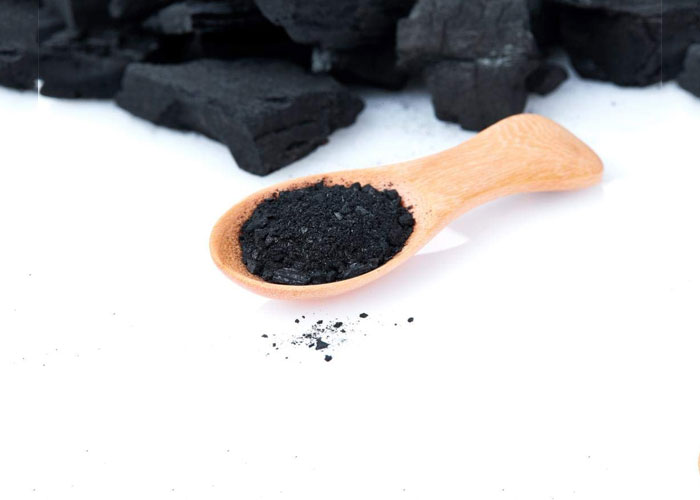Adsorption is a fundamental process in chemical reactions, but it can be confusing. Adsorption is a process in which a substance attaches to a surface. The material is then sucked into the surface in order to be retained. There are two major types of adsorption. Multilayer adsorption and physical adsorption. Learn more about each type in this article.
Depending on the location of your home, you might have to purchase an STP to handle your sewage. Generally, residential buildings need at least one STP to treat sewage. Many STPs are located underground, making them difficult to maintain. Moreover, you may not be able to inspect them without hiring an expert. It is better to consult a professional if you have any doubts about the process.
Activation of adsorbents
Activation is a process that increases the adsorption capacity of an adsorbent. In some cases, activation involves adding a chemical reagent to the adsorbent or mechanically rubbing the adsorbent to increase its specific area. Other methods include breaking down the adsorbent into smaller pieces, powdering it, or undergoing specialized treatments. For example, wood charcoal is activated by heating it between 650 to 1330 degrees Celsius in an air or vacuum atmosphere. This causes the charcoal to release the gases absorbed into its pores.

The uptake of the adsorbents depends on the initial contact period. In this initial period, a large number of vacant sites are available for adsorption. The remaining vacancies are difficult to occupy due to repulsive forces. Thus, the activation of adsorbents is an important process in the removal of gases. The process requires a catalyst. Depending on the material, the catalyst can be an acid or base.

Le-Chateliers's principle
This adsorption principle gives a clear picture of how proteins adhere to surfaces. It predicts that they will be adsorbed to a nanoparticle surface in a complex medium. However, it doesn't explain how proteins are adsorbed to a nanoparticle surface. Here are some examples of how proteins are adsorbed to different surfaces. The principle is applicable to both endothermic and exothermic processes.
According to Le-Chatelier's principle, the amount of an adsorbent decreases with pressure. Adsorption is an exothermic process that occurs at low temperatures. As a result, it is reversible. If the temperature increases, the process slows down. Conversely, if the temperature decreases, the amount of material absorbed increases. However, the opposite is true for desorption, which is an endothermic process.
Multilayer adsorption
The theory of multilayer adsorption is based on the assumption that the surface area of the adsorbent is proportional to the volume of the gas being adsorbed. When a monolayer covers the adsorbent surface, the area of each occupied layer equals the volume of the gas being adsorbed. Assuming the gas is at saturation pressure, an infinite number of layers can be formed.
The equilibrium concentration is given in terms of mg L-1, and the Freundlich constant is given in terms of L g-1. The Freundlich constant is related to the number of species adsorbed per unit of adsorbent. The adsorbent's hardness must be higher than that of the adsorbent's surface area. The BET transformed curve should be linear. It is possible to calculate the values of C and Ns from the slope of the BET plot.
Physical adsorption
Physical adsorption, also known as physisorption, is a process in which the electronic structure of an atom or molecule barely varies when it is adsorbing another material. This process occurs in many applications, from the manufacture of food to the production of medical devices. Physical adsorption has many advantages, however. Here are five of them:
First, physical adsorption involves weak physical forces that hold molecules onto a solid surface. These forces are known as van der Waals forces and are the same as those responsible for the condensation of gases and vapors. As a result, these forces are universal and have no preference for the adsorbate. The rate of physical adsorption increases as temperature decreases. While both types of adsorption are beneficial to different types of materials, they are not equally effective.
Effects of adsorption on the type of adsorbent
Nitrogen adsorption can be determined by measuring an adsorbent's specific surface area and pore diameter. To determine the specific surface area, the SA3100 analyzer is used. The adsorption isotherm for nitrogen at 77.4 K is also measured. The surface area is calculated using the Brunauer-Emmett-Teller method, and the microporous specific surface area uses the t-plot method. The kinetics of nitrogen sorption is a function of the adsorbent and the adsorption temperature.
Adsorption is often described by plotting equilibrium concentration and pressure. At low pressure, the extent of adsorption increases rapidly. At medium and high pressure, the extent of adsorption increases slowly. At high pressures, adsorption depends on the temperature and the adsorbate concentration. The Freundlich adsorption isotherm only holds at moderate and high pressures.







































Share Post